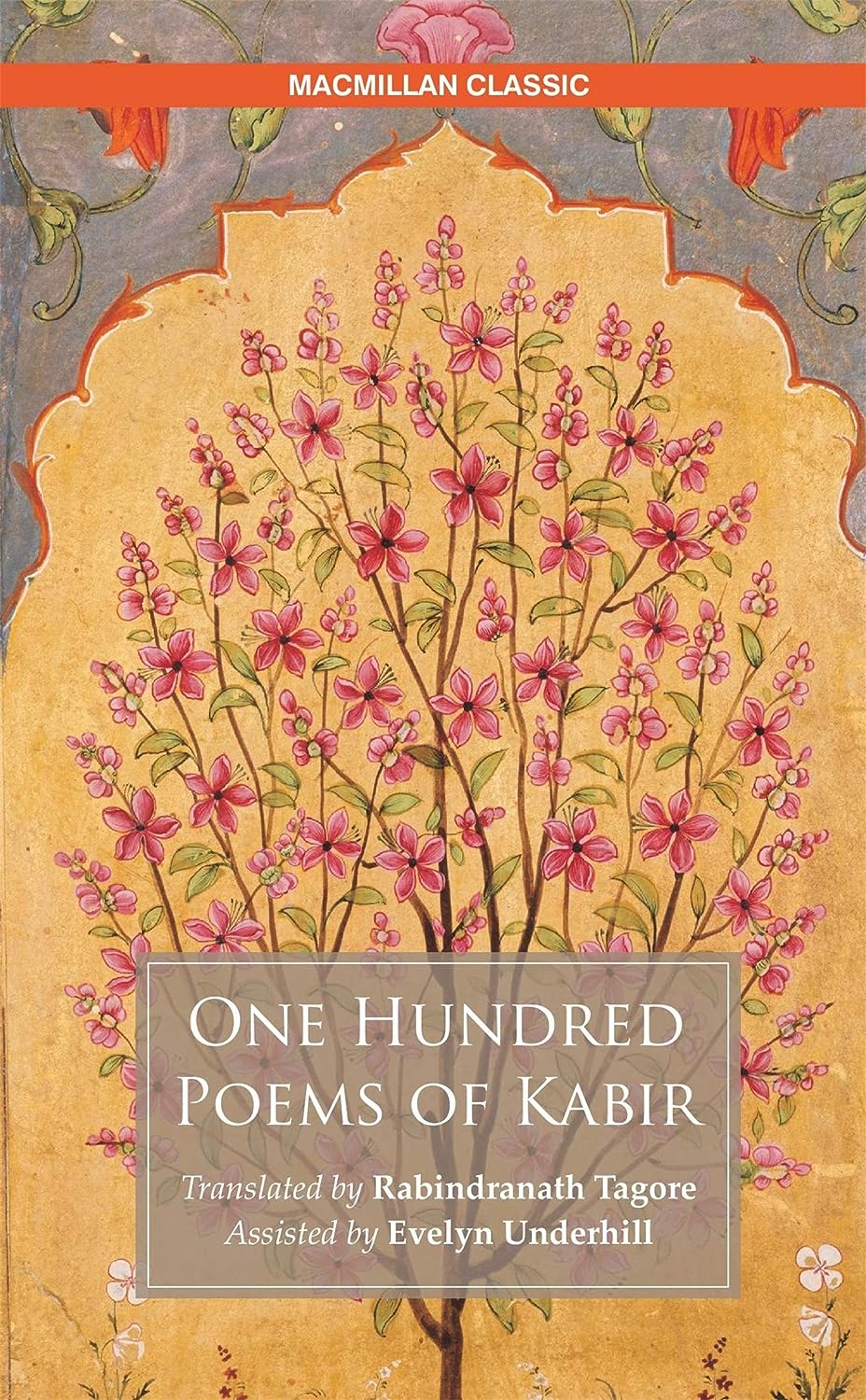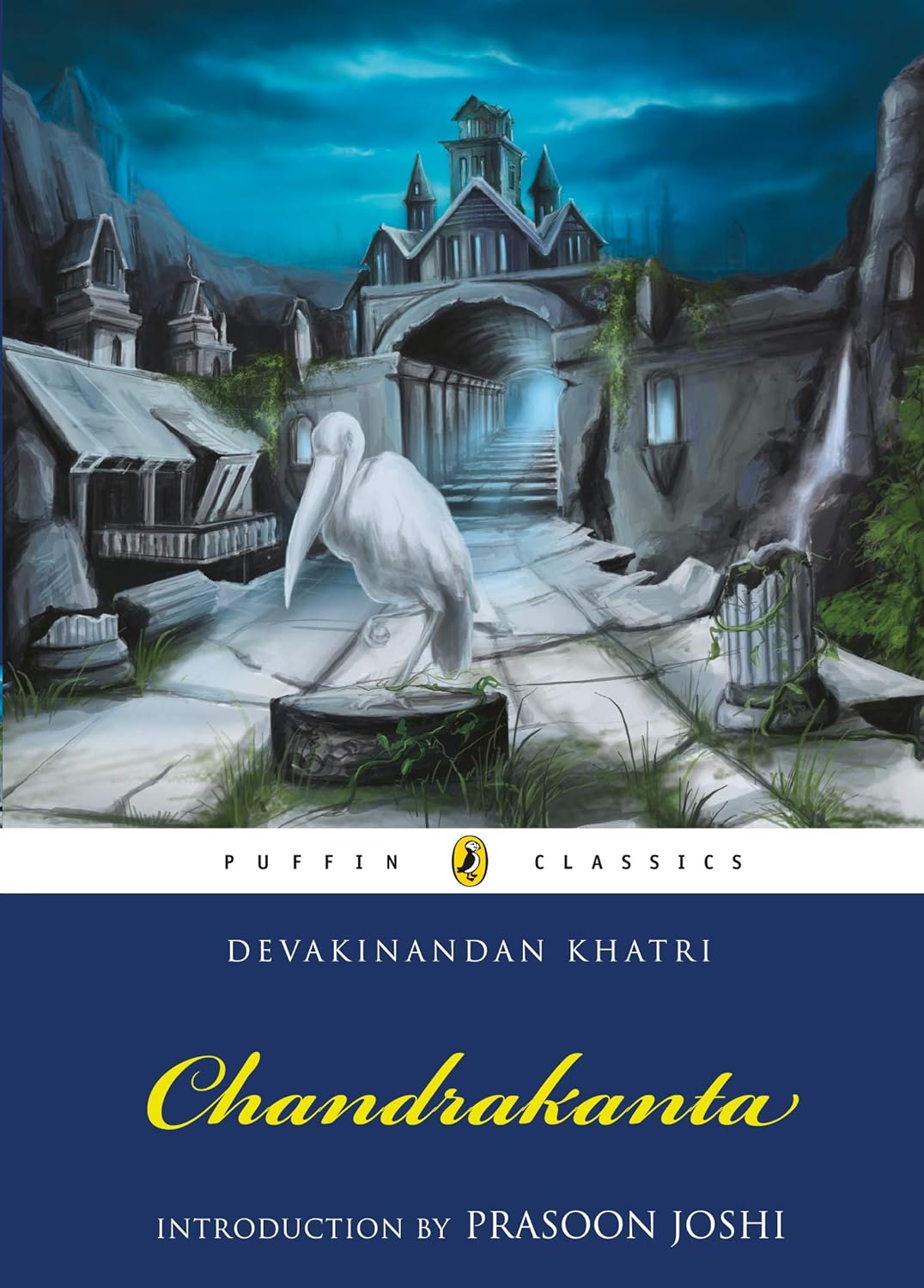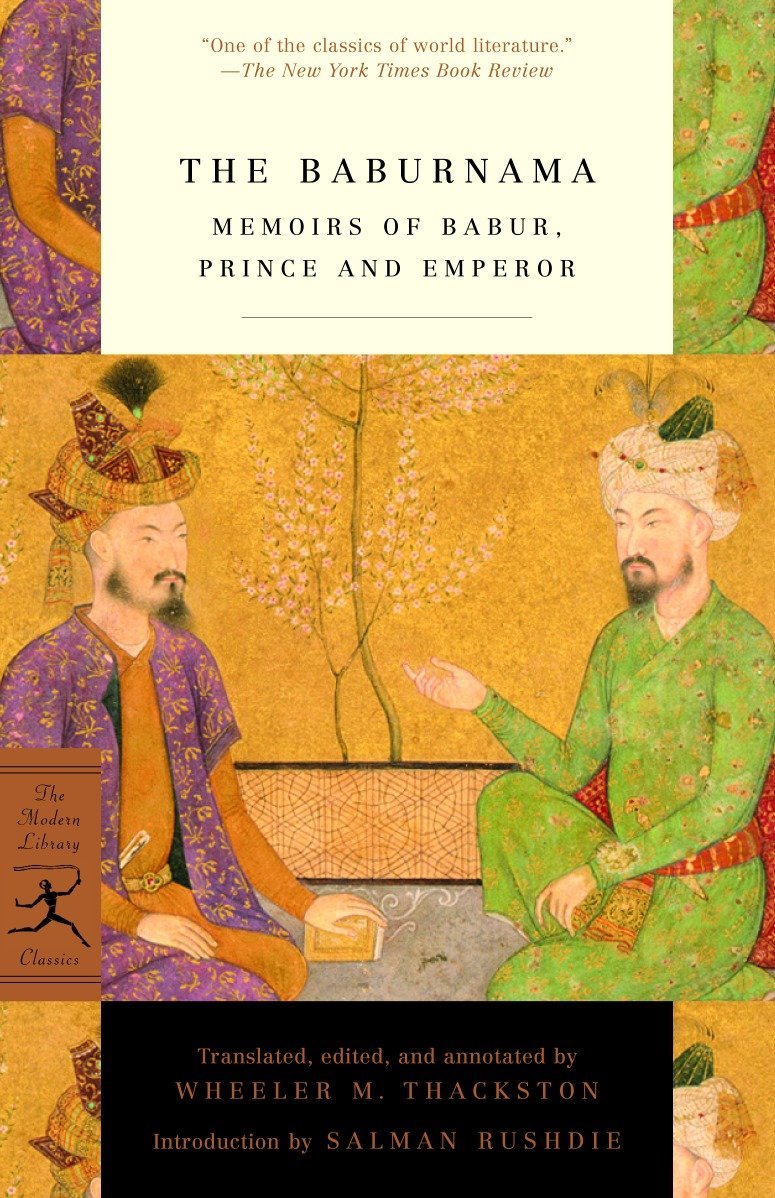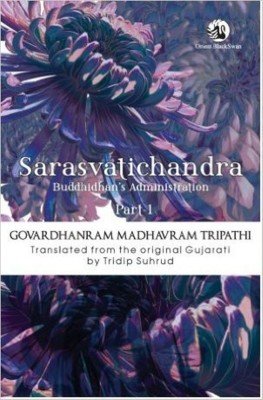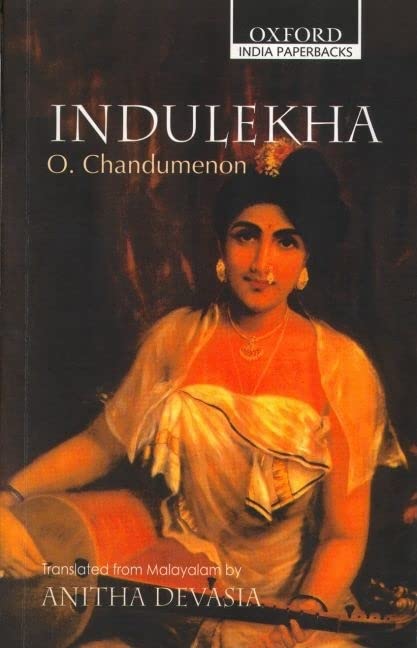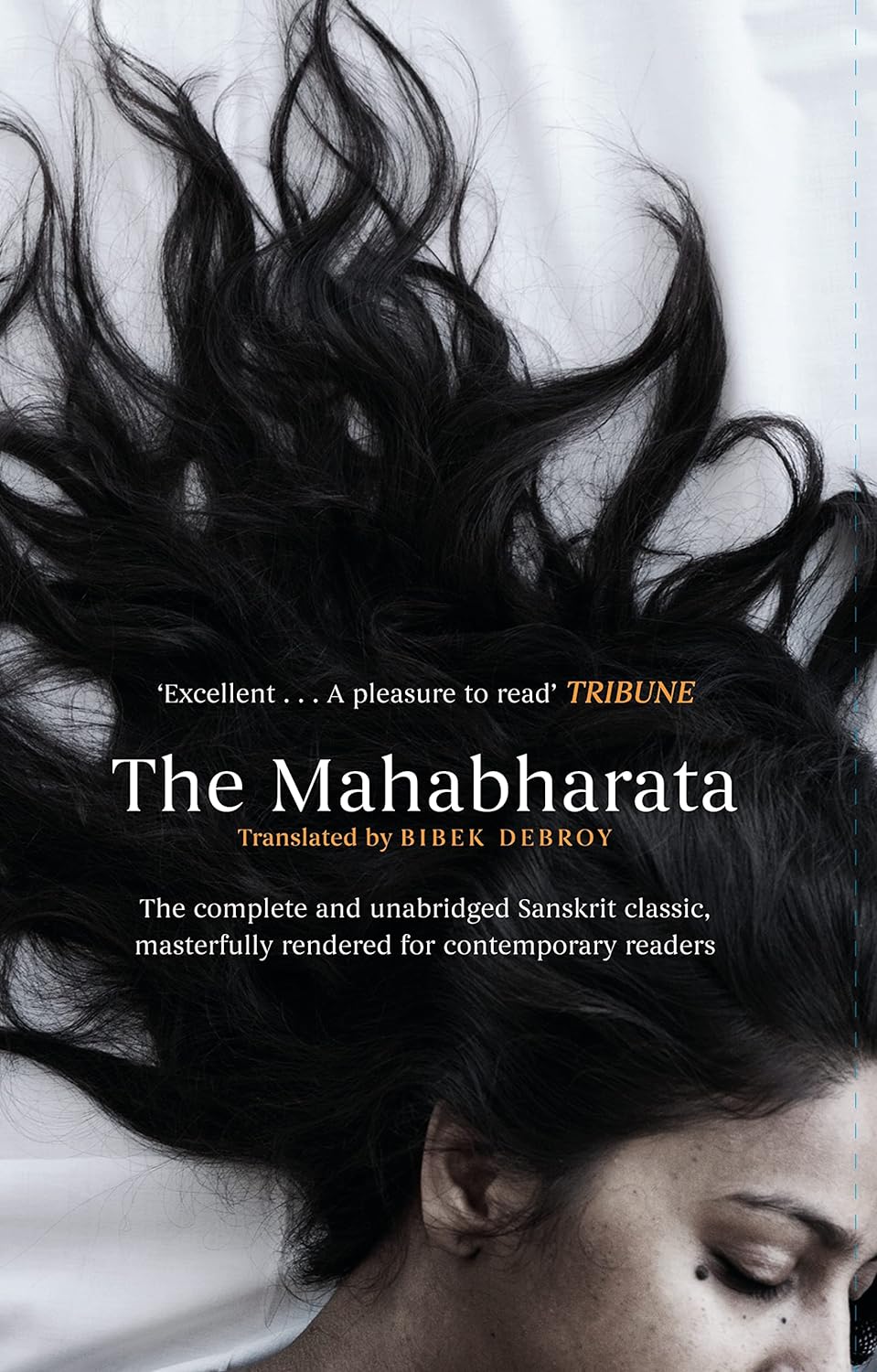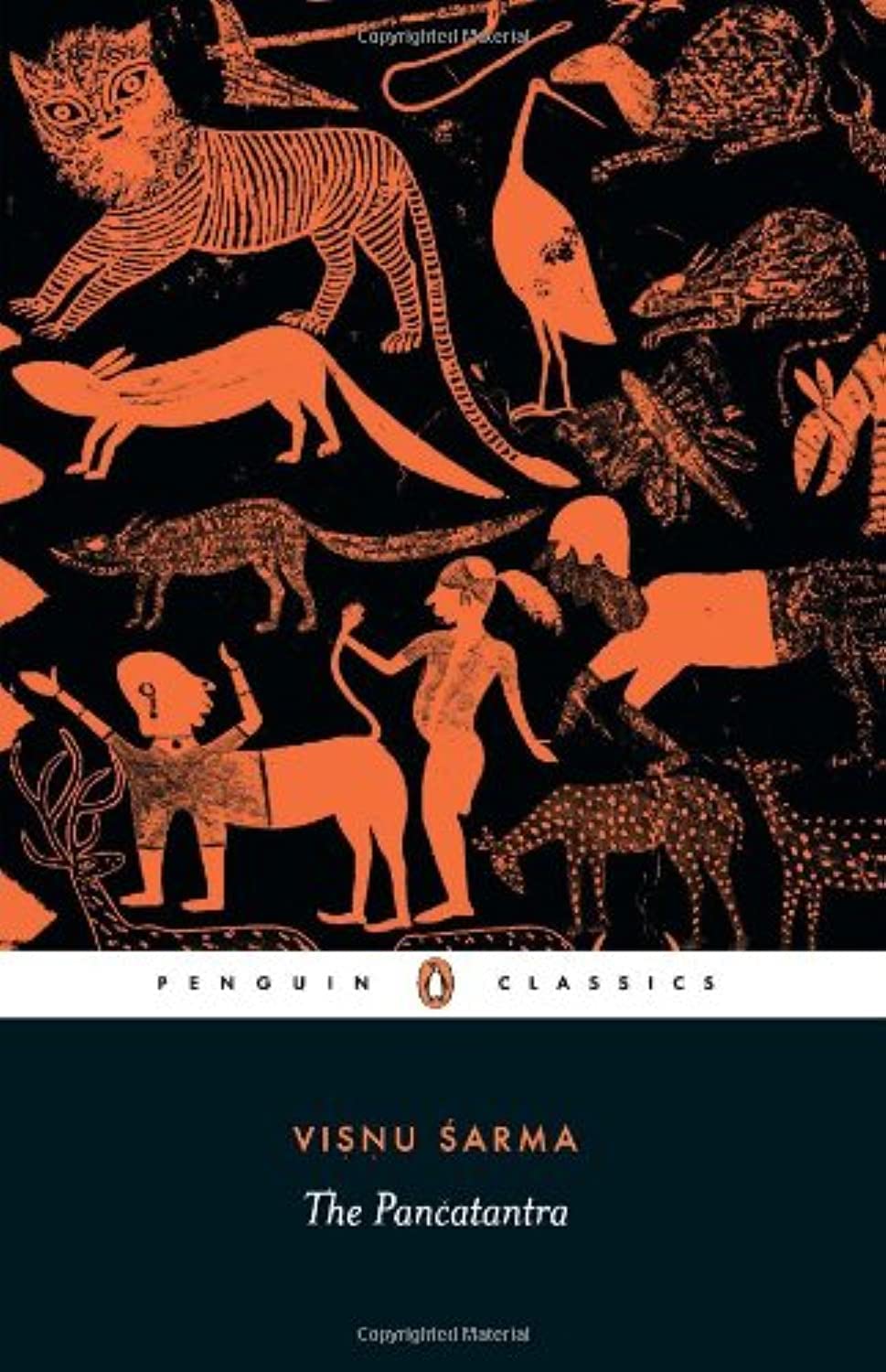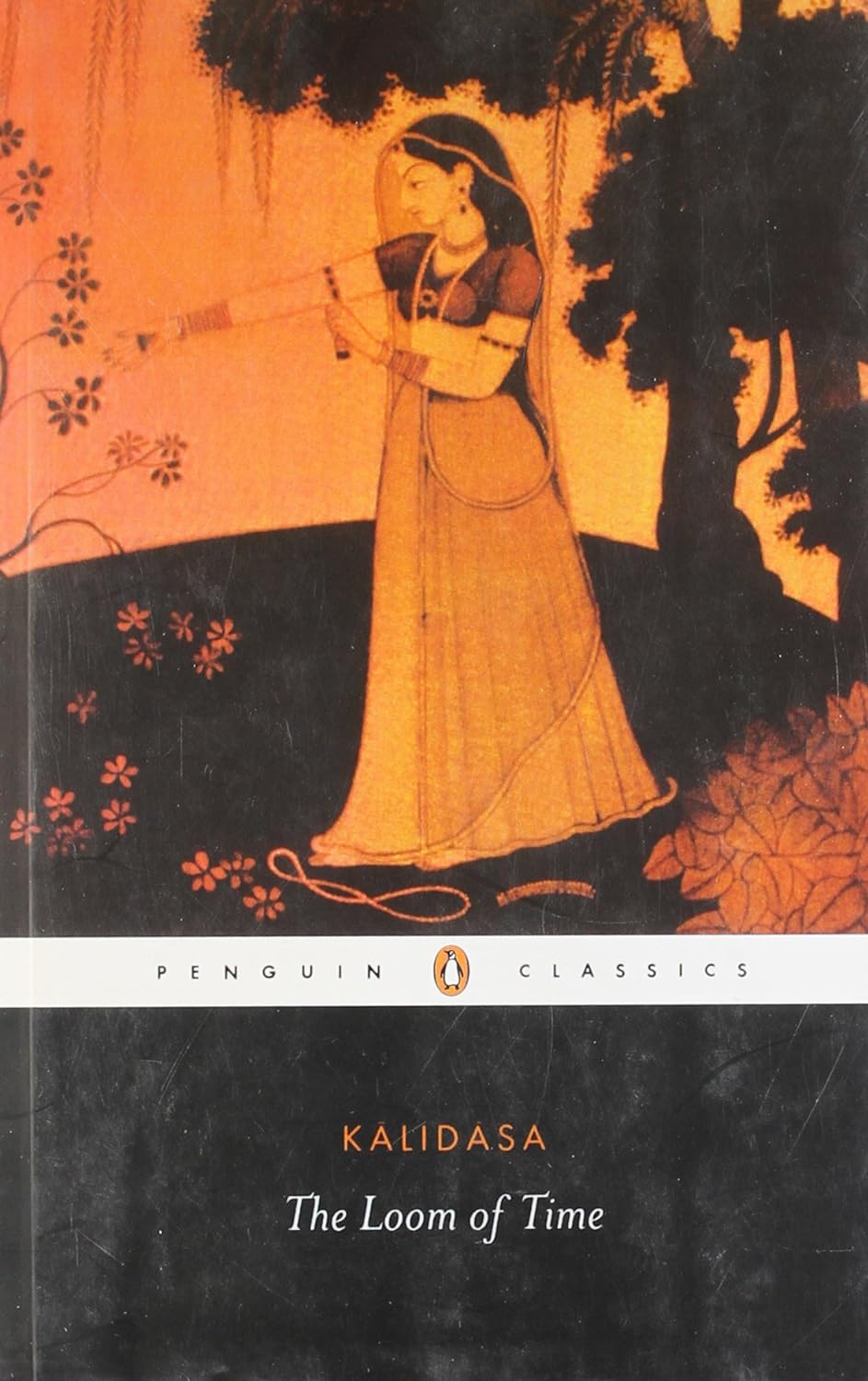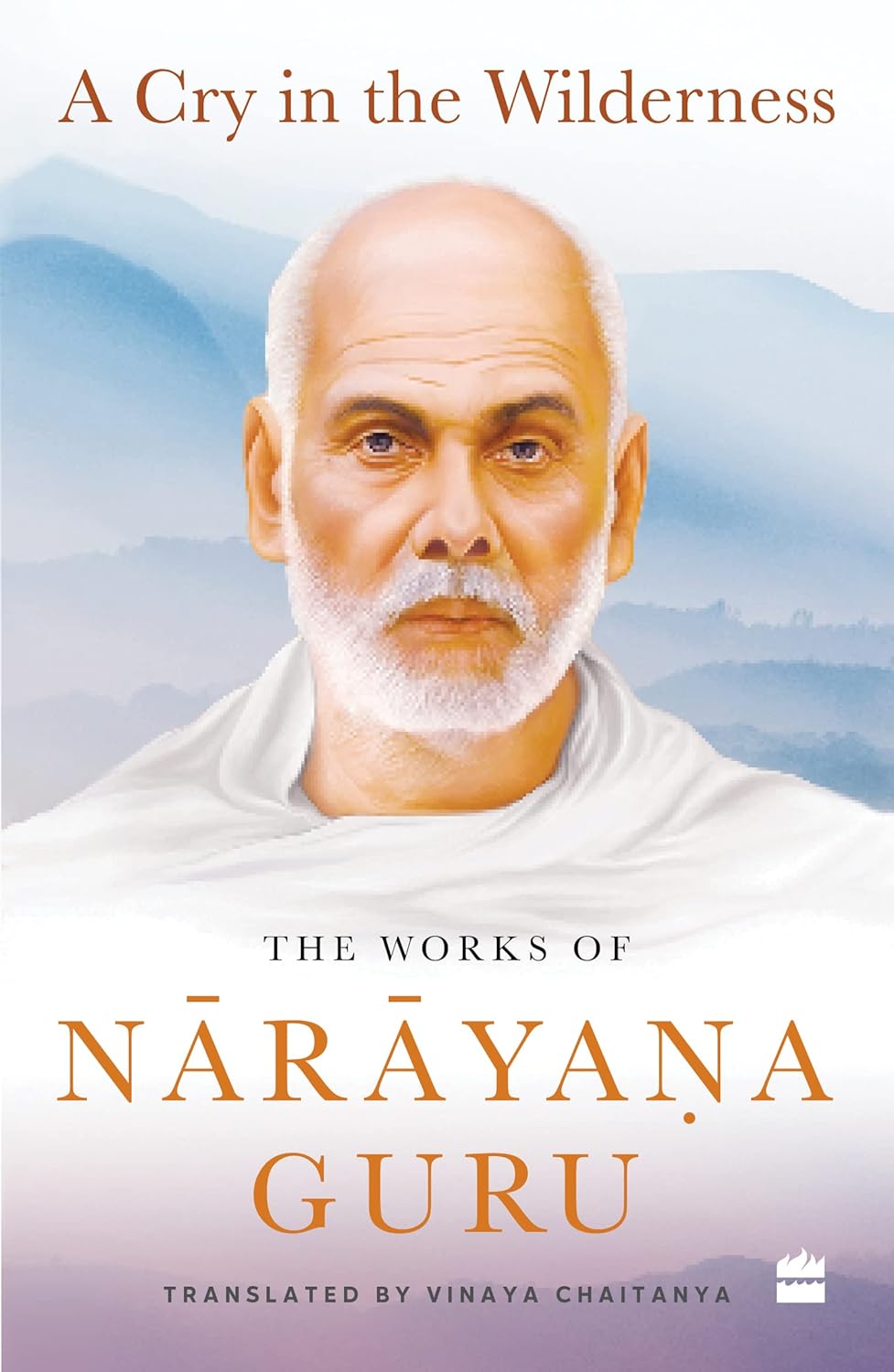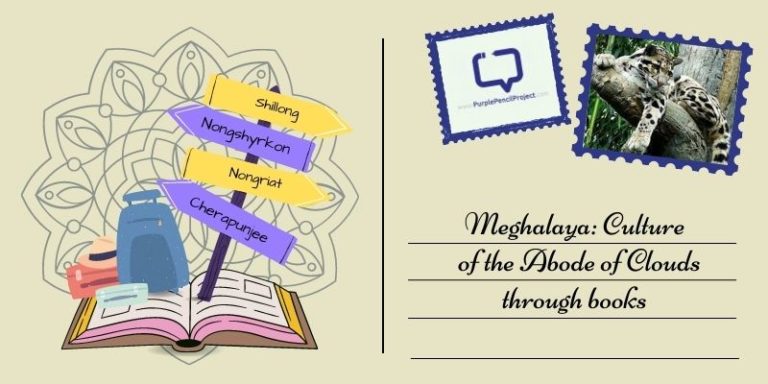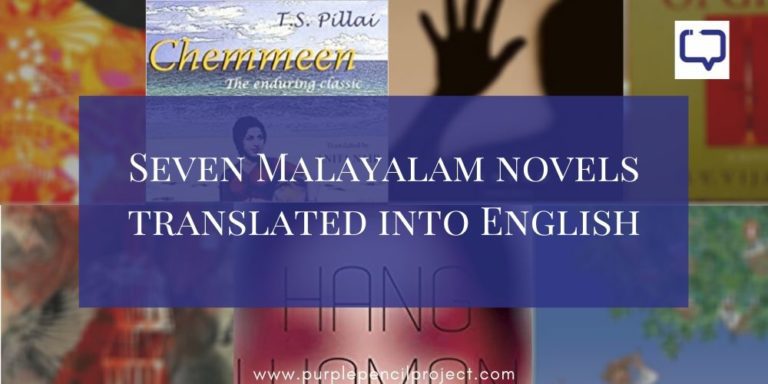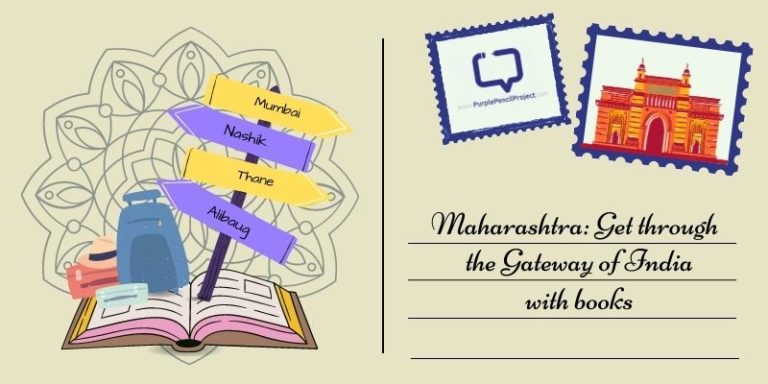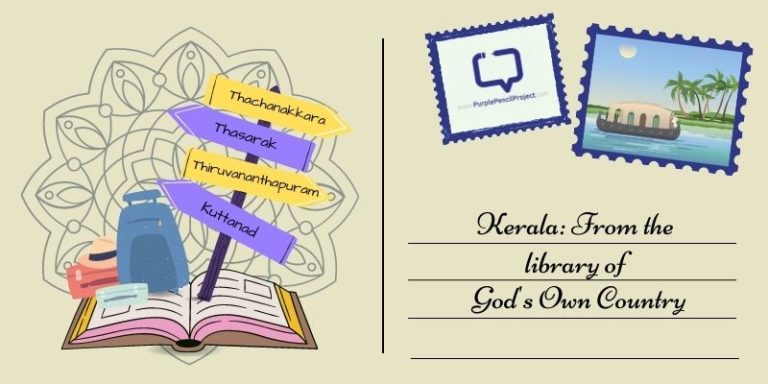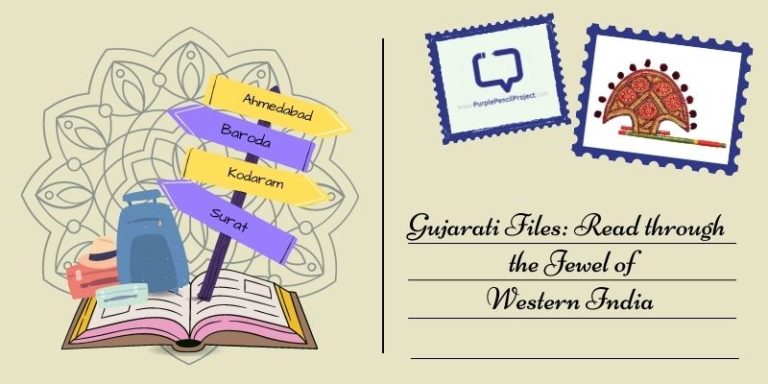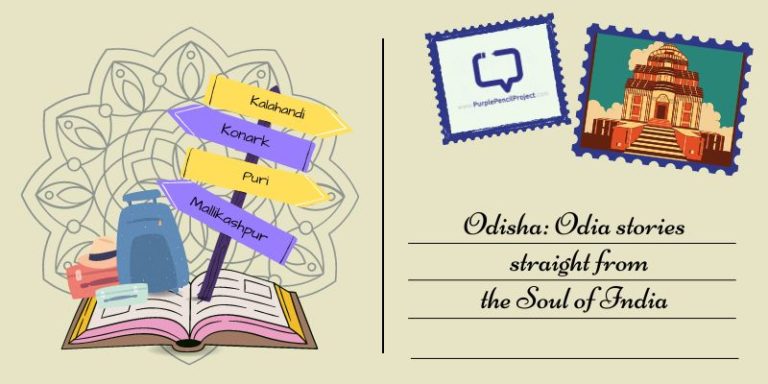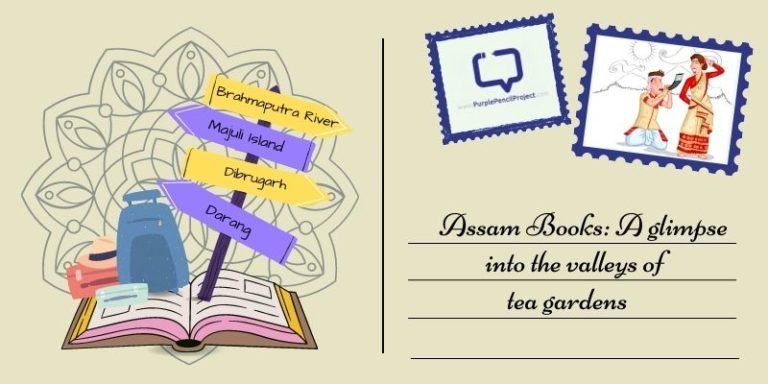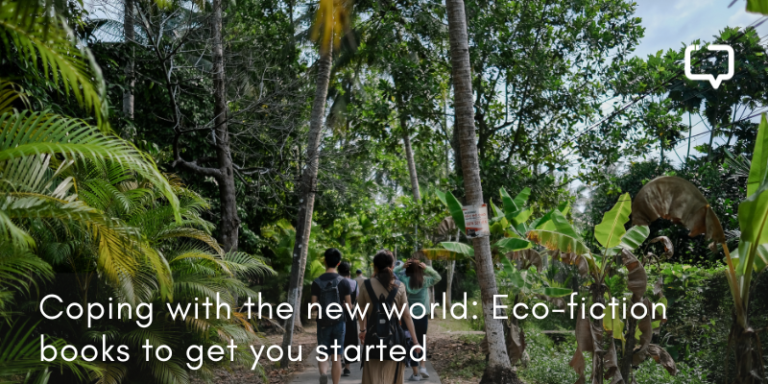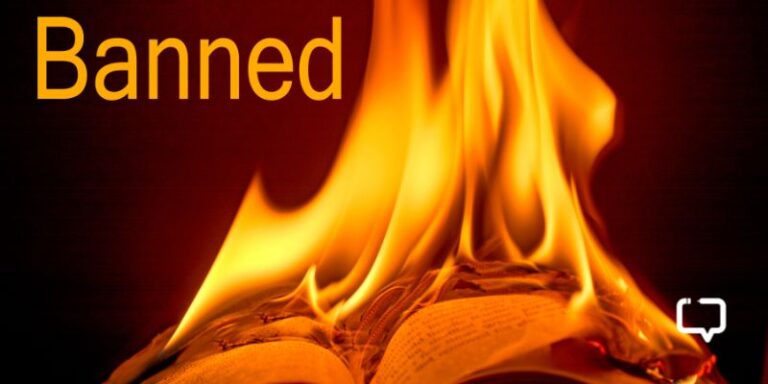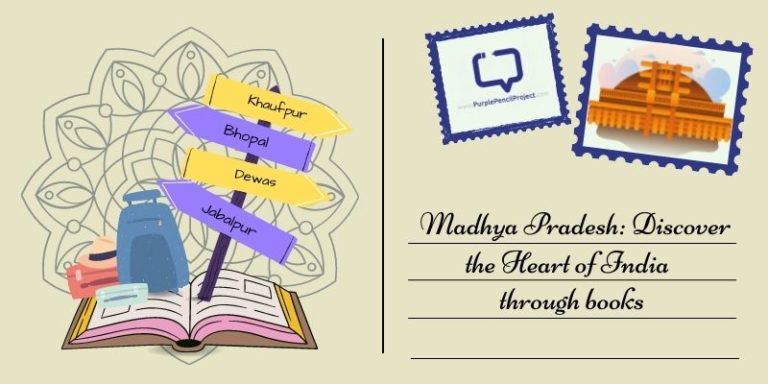Team P3 curates a list of translated classic literature in India recommended for all classics-lovers
Reading classics is a fascinating experience in that those books don’t just whisper to you stories written decades, if not centuries, ago but also help you better appreciate the history and culture of a region. The Indian states differ remarkably from each other and therefore, reading the translated classic literature of various regions helps us understand our country and its diverse cultures better. In this article, we’re going to look at some of the best Indian classics ever written.
Love translations? Do check out our list of Translated Poetry Books – 14 Must Read Indian Titles
For the sake of clarity and brevity, we’ve restricted ourselves to translated classic literature books written at least a century ago. This in no way tries to define what translated classic literature is, only helps demarcate the time period we’re going to be looking at. And if you think we should’ve included a translated classic literature title that isn’t already there, please comment below so we can include it in our list.










